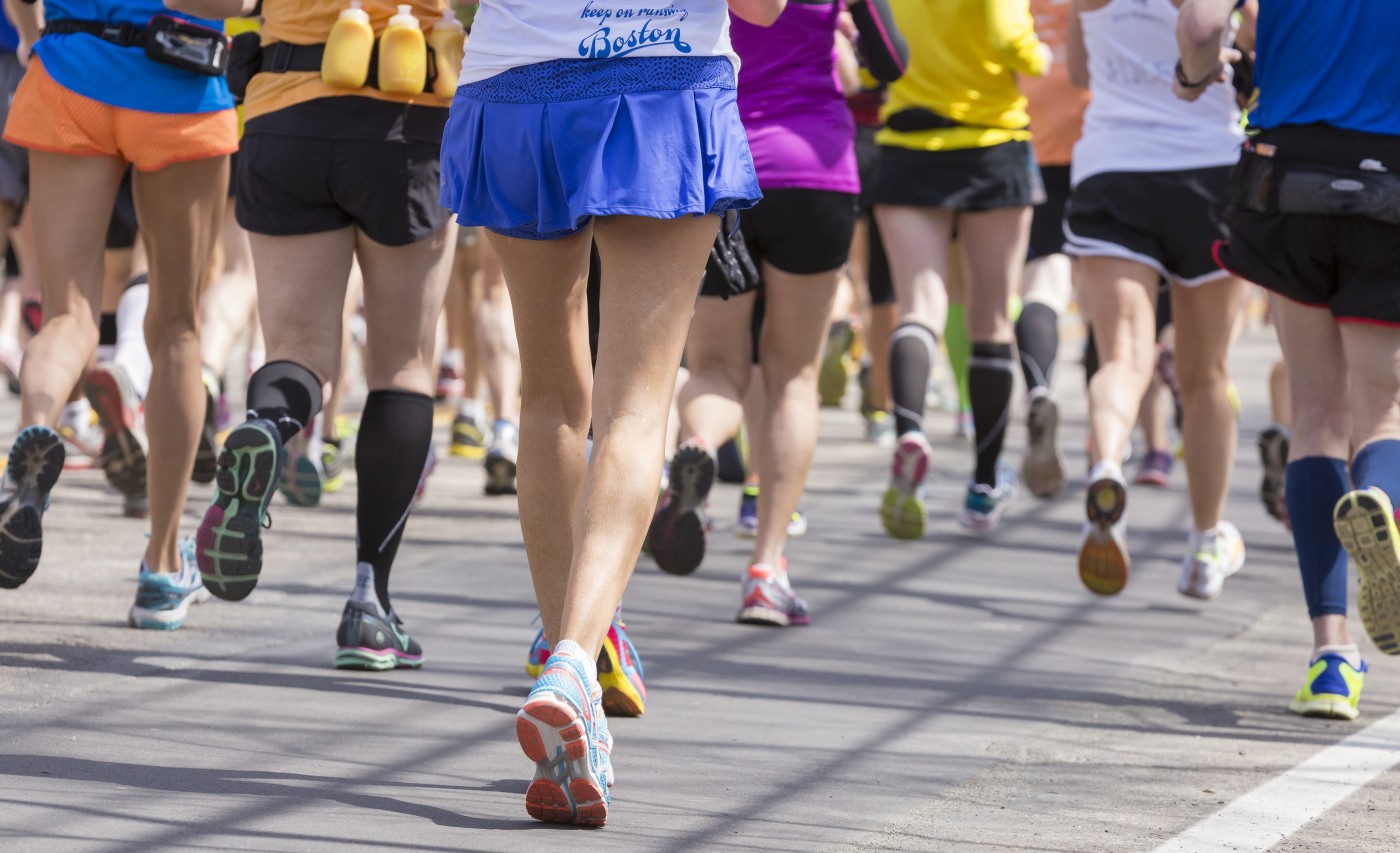For Cerebral Palsy Patients, Exercise May Have Positive Effects on Physiology

A new study suggests that high-level exercise over long periods of time may be beneficial for people with cerebral palsy (CP). The results of the study have important implications for the design of better rehabilitation programs for CP patients, and are also important in helping to understand how bone and other physiological systems adapt to exercise training in general.
The study, “Site-specific bone mineral density is unaltered despite differences in fat-free soft tissue mass between affected and nonaffected sides in hemiplegic Paralympic athletes with cerebral palsy: preliminary findings,” was published in the American Journal of Physical Medicine & Rehabilitation.
Researchers measured the bone mineral density (BMD), fat mass (FM), and fat-free soft tissue mass (FFSTM) on both non-affected and affected sides of the body of six Paralympic athletes with hemiplegic CP. The athletes were all 23 years old, were training for 6 to 20 hours per week, and had competed at an elite Paralympic level, with 100-meter sprint times between 11.5 and 12.6 seconds.
The research team saw that there was no difference in BMD and FM between the affected and unaffected sides of the body of the athletes. However, they reported that FFSTM, which is an indicator of muscle and other lean body content, was significantly lower on the affected side in both arms and legs. This suggested that even though high-level exercise can increase functional performance, there is a ceiling in how well the affected muscles can adapt to exercise.
The researchers also reported that the overall BMD levels for the Paralympic athletes were similar to those of age-matched able-bodied people. More specifically, the density of the thick outer layer of bone called cortical bone, which responds to weight-bearing exercise, was increased in the body of the athletes.
These results suggest that the physiological processes affecting body composition are similar in elite athletes with cerebral palsy and able-bodied people of similar age. The authors suggested that future work should focus on the long-term benefit of weight-bearing exercise for people with cerebral palsy.
“The findings provide further evidence that high levels of exercise from a young age may be beneficial to individuals with cerebral palsy,” concluded the study’s first author, Dr. Phoebe Runciman, and colleagues, according to a press release. “The combination of these findings have important implications for the involvement of children with CP in exercise as a management or rehabilitative tool,”
People with cerebral palsy have reduced muscle mass on the side of their body affected by neuromuscular impairment caused by brain injury at a very young age. The brain damage can affect different physiological systems caused by widespread neuromuscular dysfunction.


